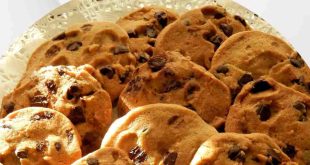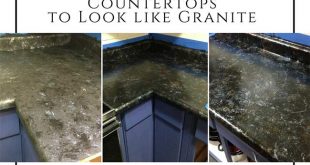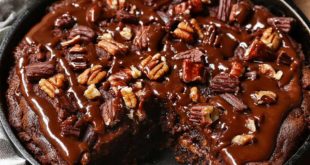How to Pick the Firewood that Puts Off the Most Heat

As winter creeps closer, you might wonder what wood is the best for heating and burning to keep your house toasty warm. The best results and more heat per wood volume come from burning the highest density, or heaviest, wood you can find. Most dense firewood will produce high recoverable BTUs, but no matter your choice, wood should be seasoned for best results.
Seasoning isn’t like sprinkling some herbs on your dinner. Seasoned wood lowers the amount of moisture in the wood and lessens the amount of energy necessary to take off the water, which would limit the heat efficiency.
So, the first, and most important, thing you should know is that seasoned wood combined with a heavy density will create more heat. That’s crucial to picking the right wood. You also have to look at the burning properties across the three stages that wood undergoes when burned. The final stage, “coaling” is essential for sustaining heat for an extended time. Most find that the hardest and heaviest woods tend to have good coaling properties.
How to Pick the Best Wood for Burning
You want to pick a deciduous tree, which is a tree that loses their leaves in the winter. Evergreen trees aren’t ideal for heating your home. Hard hardwood trees are the densest wood and they’ll burn hotter and longer than evergreens and soft greens. Due to their density, hardwoods will take longer to ignite, but once burning, they produce more heat and burn for a longer period. Another benefit of burning hardwood is that they burn more cleanly, so they put off less creosote-creating smoke than softwoods.
However, hardwood is more expensive to purchase cut than a softwood. If you don’t cut your own wood, a softwood like a fir may be a better choice that’s easier on your pocketbook. On the flip side, hardwoods do burn longer, so you’ll need to use less wood. It may even out in the end.
Another thing to know when picking the right wood for your wood burner is that wood heat value is measured in BTUs or British Thermal Units. The higher the BTU value, the more heat you receive per unit of wood.
Seasoned vs. Unseasoned Wood
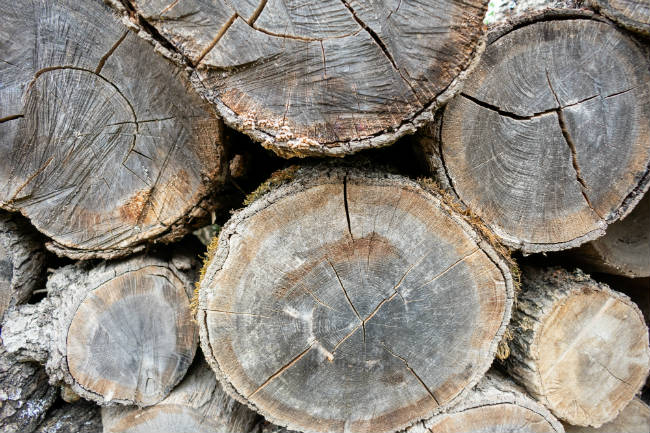
Above we mentioned that seasoned wood is better for hotter burning fires, but let’s investigate that a bit more. A seasoned wood SHOULD be your first choice. When you imagine a homeowner that uses a wood burner, you probably imagine stacks of wood outside their house that is left out in the weather for a long time after cutting. The appearance may be grey or dusty from the outside. On the inside, it is white and dry.
This wood is what you want to burn because there won’t be a large amount of residue leaving the wood and blocking your chimney. A blocked or clogged chimney is bad news. Take the danger of a chimney fire seriously – they can cause your house to burn down.
So, that doesn’t mean using unseasoned wood is wrong. You can use freshly cut wood, referred to as greenwood. Most of the time, greenwood is easier to come by, but that means you have to stay on top of cleaning your chimney. If you are burning outside of your home, like in a firepit or a water stove, unseasoned wood is a great choice!
If you want to season your own wood, here are some simple tips!
- Cut to the right length of your stove or fireplace. The right length is usually 3 inches shorter than the width or length of your firebox.
- Split to the right size. You want the wood to be split to the right dimensions. That is usually no more than 6 inches across, but the range is 3 to 6 inches for woodstoves.
- Stack and expose. If you want to season it properly, stack it in a place where the sun can warm it and the wind can blow through it. The best method is a single row exposed to the sun and winds. The sun heats and evaporates the water from the wood, and the wind takes it away.
- It takes at least a season to dry properly, so plan to season for a season. If you want to use hardwood, its best to season for six months, so plan to stack the wood in the spring and summer for winter use.
- Don’t cover when you are seasoning. If you are trying to draw out the moisture, covering your woodpile with a tarp traps in the moisture and stops the sun’s drying process.
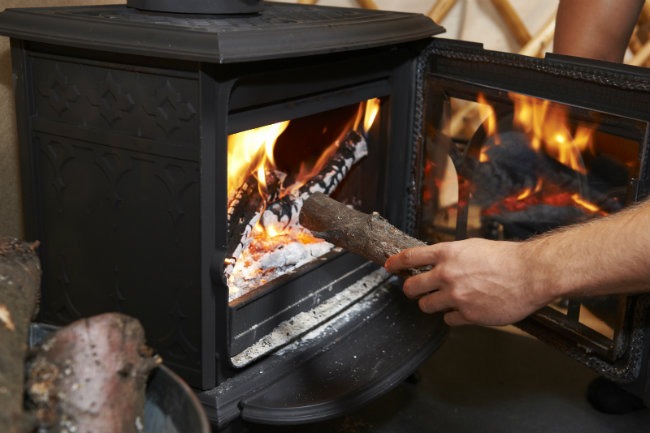
How Much Wood is in a Cord?
You’ll notice the word “cord” used in the wood options below. A cord is the standard measure of volume used for stacked wood. One cord of wood is 128 cubic feet of stacked wood. Typically, a cord of wood is laid out in stacks that measure 4 feet wide, 4 feet tall, and 8 feet long (4’ x 4’ x 8’). The volume of a solid wood in a cord could be only 70 to 90 feet depending on airspace.
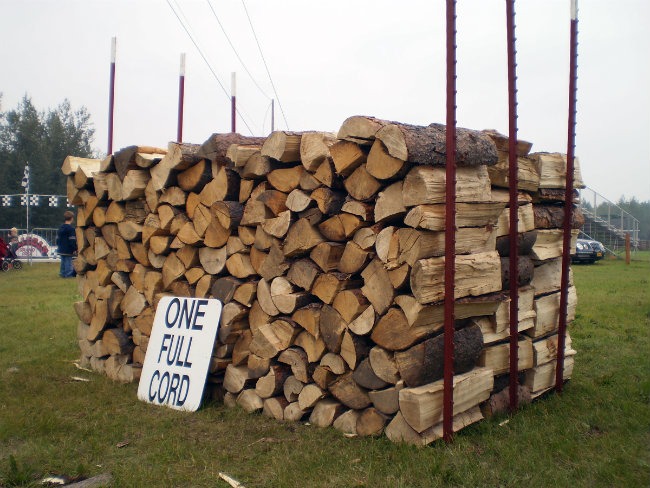
The Hottest Burning Trees
- Hickory – 25 to 28 million BTUS/Cord – density: 37 to 58lbs/cu ft
- Oak – 24 to 28 million BTUs/cord – density: 37 to 58lbs/cu ft
- Black Locust – 27 million BTUs/Cord – density: 43lbs/cu ft
- Beech – 24 to 27 million BTUs/cord – density: 32 to 56lbs/cu ft
- White Ash – 24 million BTUs/cord – density: 42lbs/cu ft
The Lowest Burning Trees
- White Pine – 15 million BTUs/cord – density: 22 to 31lbs/cu ft
- Cottonwood or Willow – 16 million BTUs/cord – density: 24 to 37lbs/cu ft
- Basswood – 14 million BTUs/cord – density: 20 to 37lbs/cu ft
- Aspen – 15 million BTUs/cord – density: 26lbs/ cu ft
- Yellow Poplar – 18mm million BTUs/cord – density: 22 to 31lbs/cu ft
If you are interested in knowing more about the BTUs of different firewood, World Forest Industries offers extensive charts on many varieties of firewood.
With winter approaching, picking the best wood for your wood burning stove or furnace could be the difference between being chilly in your home or feeling toasty warm. Try one of these five hottest burning firewoods to stay warm this year.
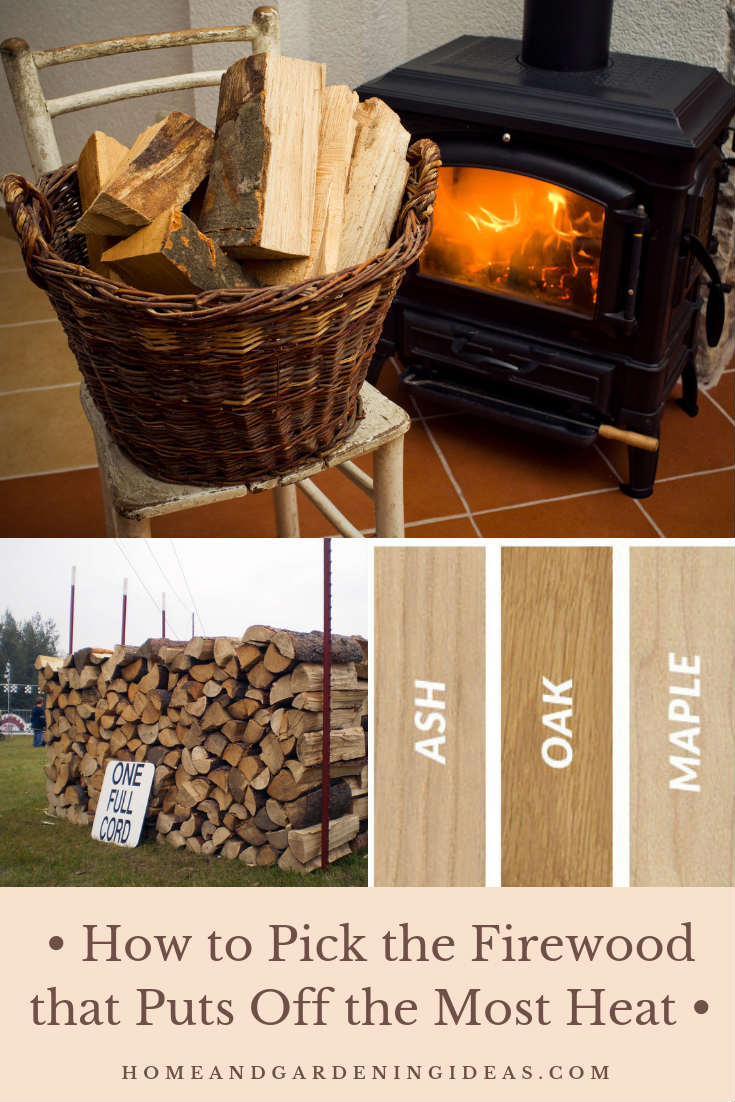
 Home and Gardening Ideas At home and Gardening ideas we believe inspiring readers about homesteading, self sufficiency
Home and Gardening Ideas At home and Gardening ideas we believe inspiring readers about homesteading, self sufficiency
